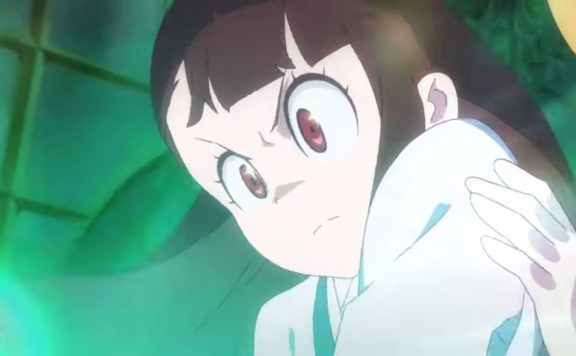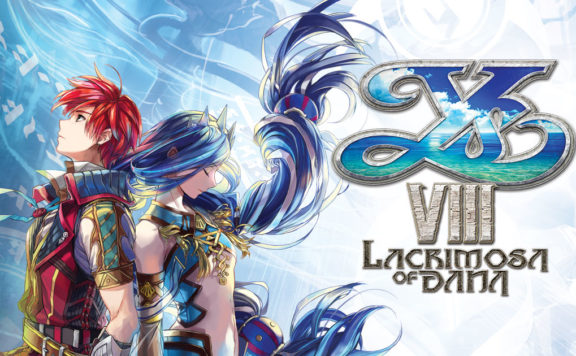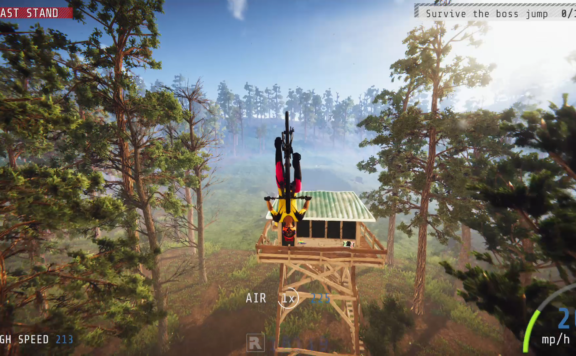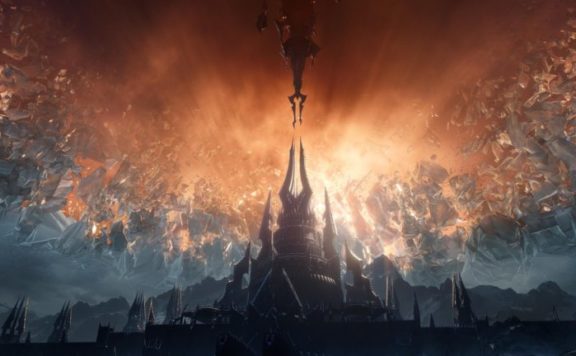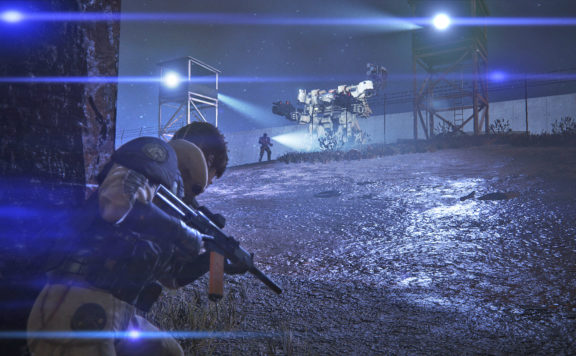We all know that game development is not an easy task. It involves different processes, such as creating concepts, storylines, characters, etc. Even the biggest and most famous game publishers, like Gameloft and Ubisoft, often don’t deal with every aspect of game development, so to speak, personally. Instead, they outsource specialized teams for different parts of the project. In this article, we will explore 3D game art outsourcing.
What 3D elements are outsourced
Game publishers often outsource the creation of various 3D elements, which include character design, environment design, and game modeling. Now let’s look closer at the intricacies involved in 3D elements design for games.
Character design
Character design requires a profound understanding of storytelling, aesthetics, and player engagement. Effective character design begins with a profound understanding of the character’s personality, role in the game, and backstory. To make it successful, a character’s visual appearance should reflect their history, motivations, and traits. Characters may range from heroes and villains to supporting cast, and their design should align with their narrative purpose.
Characters must visually complement the game’s overall aesthetic. This includes ensuring their appearance doesn’t clash with the environment, other characters, or the game’s art style. Designers need to balance creativity with consistency.
The character design process often starts with concept art, a visual blueprint. Concept artists explore various design options, such as clothing, accessories, facial features, and body proportions. This step allows for experimentation and creative freedom before 3D modeling begins.
In many games, characters are not static but are animated with various expressions and movements. Character designers must consider how these animations will impact the overall character design. Expressive faces and fluid movements are vital for creating relatable and engaging characters.
Environment design
Creating immersive game environments requires careful planning, artistic skill, and technical expertise.
Environment designers are tasked with constructing the game world. This encompasses everything from landscapes and terrain to architecture, structures, and interiors. The world should feel cohesive and believable, considering the game’s setting and theme.
Designers need to work with lighting and atmospheric effects to set the mood and tone of the game. This involves choices in natural lighting, weather, and dynamic effects like day-night cycles. The right lighting can make or break the immersion in the game world.
Environmental designers must consider player interaction. Designing for gameplay involves creating spaces for exploration, puzzles, and challenges. Environments must be functional and aesthetically pleasing while facilitating the game’s mechanics and objectives.
Furthermore, 3D environments can be resource-intensive. Designers must optimize assets and textures to ensure the game runs smoothly on various platforms and devices. Balancing graphical fidelity with performance is a crucial aspect of environment design.

Game modeling
Game modeling brings assets and elements into the game world, making it visually appealing and interactive. Creating 3D models involves adding textures and materials to them. This process includes applying colors, patterns, and material properties to make objects appear realistic or stylized, adhering to the game’s visual style.
Certain 3D models require rigging to create skeletal structures that enable animation. This is commonly used for characters, creatures, and vehicles. Rigging allows models to move and interact within the game world, enriching the player’s experience.
Game modeling encompasses a wide variety of objects, assets, and elements. From vehicles and weapons to buildings and environmental props, modelers must pay attention to detail and ensure that the models seamlessly blend with the game’s aesthetics and narrative.
Character design, environment design, and game modeling are integral components of game art development, collectively responsible for enhancing player immersion and overall gaming experiences. Each aspect requires artistic talent, technical proficiency, and a profound understanding of the game’s narrative and aesthetics. Outsourcing these tasks to experts such as Stepico can streamline the development process, leading to visually stunning and engaging games that captivate players.
Why game publishers engage outsourcing teams
If we are talking about engaging outsourcing teams, there are several compelling reasons why game publishers opt for outsourcing their 3D element development.
Game publishers usually engage a wide range of professionals to cope with different aspects of game development and publishing. These professionals often include specialists from various areas. For example, game designers, programmers, sound designers and composers, artists, quality assurance (QA) testers, producers and project managers, writers, marketing and public relations (PR) professionals, localization specialists and others.
However, it should be noted that building a dedicated and hard-working 3D team of professionals can be time-consuming and risky because it involves hiring and retaining the right talent. Specialists may not fit the position or may quit. Outsourcing enables them to tap into the expertise of specialists in character design, environment creation, modeling, and other areas, eliminating the need for recruitment and training.
By delegating game art to experienced outsourcing partners like Stepico, game publishers can reap these benefits, enabling them to streamline development, save costs, ensure top-notch quality, and adapt to the dynamic needs of the project. This approach allows game publishers to focus on their main competencies and create high-quality games that can mesmerize players.
Additionally, by outsourcing the development of 3D elements, game publishers can fire company developers to focus on main aspects of game development such as game mechanics, concept creation, and marketing strategies. This allows them to improve the general quality of the game.
In conclusion, game development is a joint process often involving different individuals and companies, including outsourcing partners. The outsourcing of 3D element development is a strategic choice made by game publishers to leverage specialized expertise, achieve cost efficiency, and ensure quality. By relying on experts in this field, game publishers can focus on their strengths and provide their audience with an exceptional gaming experience.
In the dynamic and competitive world of gaming we live in, the ability to outsource 3D art production is quite a precious asset that enables developers to create unbelievable and visually impressive games that capture the imagination of gamers around the world. Stepico is a prime example of a company that facilitates this process, offering various benefits to game publishers looking to take their game art to new heights.



